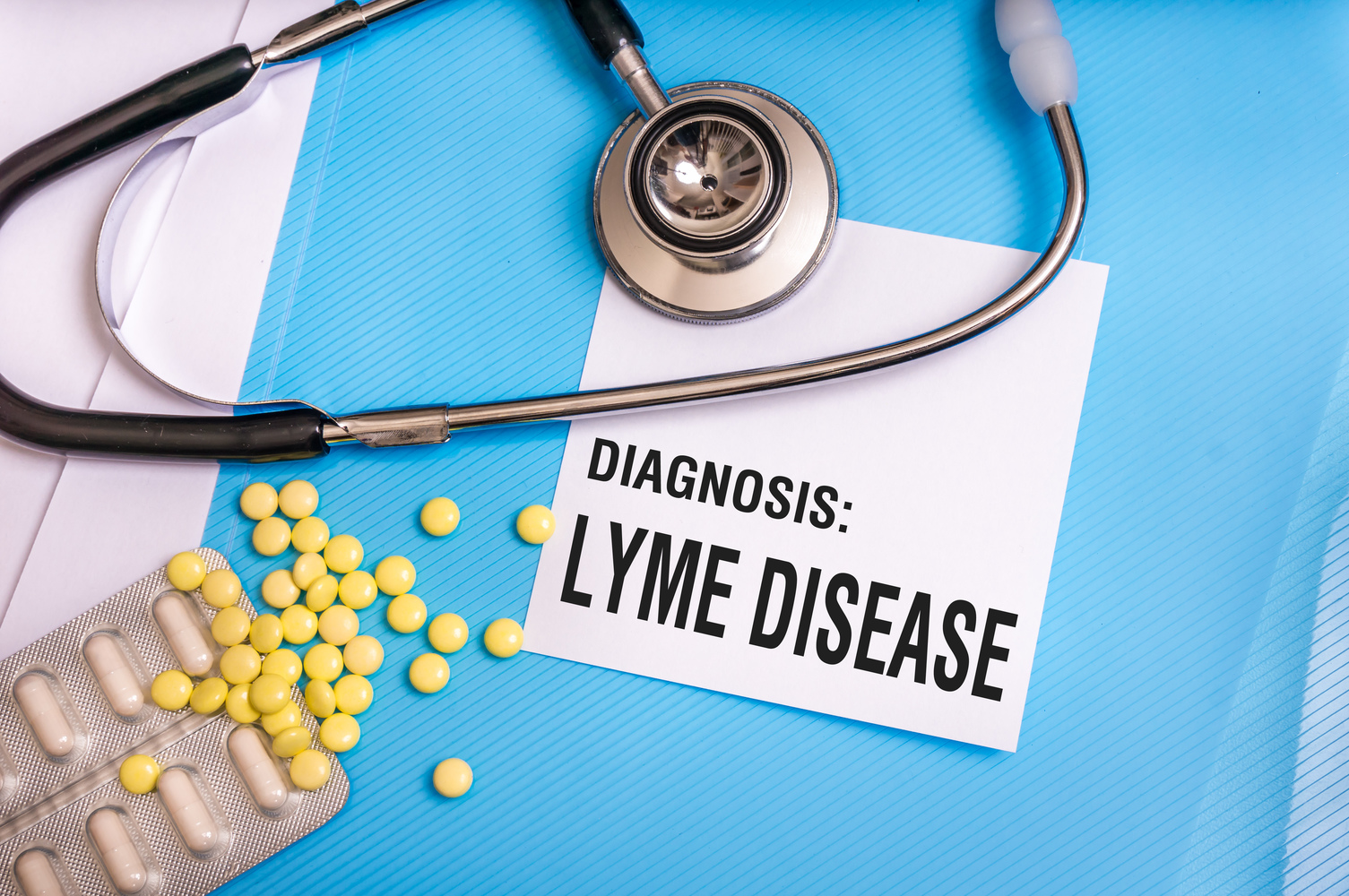
Tips to prevent Lyme disease
Almost 43 out of the 50 states have reported the presence of Lyme disease, and close to or more than 300,000 people are diagnosed with this infectious disease in the country every year. Black-legged or deer ticks are the carriers of this disease caused by a bacterial infection. When these ticks latch themselves from the bodies of infected mice, birds, and deer onto humans, it can take a minimum of 36 hours for the bacteria to pass on to the bloodstream. Lyme disease affects different people differently. Those in the early stages who are treated immediately after being infected with multiple doses of oral antibiotics for anywhere between two to three weeks have a good prognosis. Those with severe late-stage symptoms of Lyme disease need to be treated with oral antibiotics for close to four weeks. This debilitating disease is easier to prevent than treat. Here are seven tips for the prevention of Lyme disease:
- Before venturing outdoors in high grassy areas or the woods, wear full-sleeved T-shirts and long pants that fully covers your hands and legs. Use gloves and shoes to cover your hands and feet. Wear hats that cover your head and possibly the neck also.
- If you plan to garden, camp, hike, or playing outdoors, apply insect repellent with a minimum of 20 percent DEET on exposed skin or substitute it with a concoction of lemon eucalyptus essential oil and carrier oil. Take precautions when applying insect repellents with DEET on young children and babies because it can be toxic for them when ingested.
- Stick to walking or trekking on trails and do not venture into areas with bushes or long grass where deer ticks can easily hide.
- Try preventing pet animals from venturing freely into the woods by limiting their access, because they can carry the deer ticks and transmit them to you. If you take your dog for a walk, make sure they have a solid collar around their necks and you hold them on sturdy leashes and keep them on the center of the walking trail.
- If you live in houses close to the woods, do not provide any space for deer ticks to hide like small bushes and tall grass, especially in moist and humid environments. Trim your lawns and keep your yard clean at all times. Stack wood piles neatly in dry sunny areas to avoid infestation by mice that can transmit the black-legged ticks to humans.
- As soon as you return from a walk, jog, trek, or after spending time in the woods, remove your shoes outside the house. Examine your pets, the clothing of all the children who accompanied you on the trip, and yourself for these poppy-seed sized ticks. It is easy to miss them, so look carefully. When you detect them, make sure you use tweezers to pull them out completely. Douse them in a cup of alcohol or flush them down the toilet.
- Take a warm shower and wash your worn clothes soon after coming into the house from an outdoor trip. These tips might help remove any ticks that are unattached to the skin. Apply antiseptic to the area of the skin immediately to prevent Lyme disease.
These are the seven important tips that you should follow for the prevention of Lyme disease.



